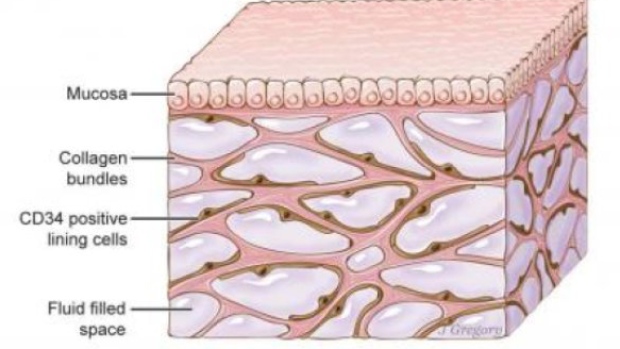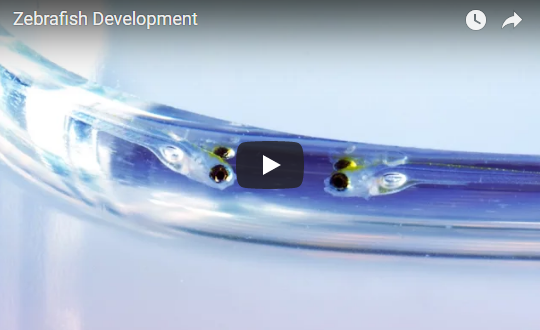
by msander | Apr 2, 2018 | Gr 9-10 Science, Gr. 11-12 Biology
The amount of air that you move in and out of your lungs while breathing normally is called TIDAL VOLUME. This amount of air provides enough oxygen for a person who is resting. It is possible to inhale and exhale more forcefully – the maximum amount of air moved...

by msander | Mar 29, 2018 | Gr 9-10 Science, Gr. 11-12 Biology
A group of scientists say they have discovered a new, fluid-filled space inside human tissue that could be its largest organ. Source: Meet the interstitium, medical science’s latest and largest organ candidate | CBC News

by msander | Mar 22, 2018 | Gr 7-8 Science & Tech, Gr 9-10 Science, Gr. 11-12 Biology, Gr. 11-12 Chemistry
It’s important for kids and parents to know the risks associated with sweet alcoholic beverages and mixing alcohol with caffeine Source: What you should know about high-alcohol, high-sugar drinks and caffeinated energy drinks

by msander | Mar 19, 2018 | Gr 7-8 Science & Tech, Gr 9-10 Science, Gr. 11-12 Biology, Gr. 11-12 Chemistry
People have been getting tattoos for thousands of years, but we’ve never quite been sure why the ink sticks around under our skin. A group of researchers now think they might have the answer. Plus, scientists are on the road to making drought-proof plants!...

by msander | Mar 15, 2018 | Gr 9-10 Science, Gr. 11-12 Biology
Introduction Watch as chlorophyll transforms from an intense green to a bright red colour as UV light is absorbed and photons are emitted from the solution. Discussion Chlorophyll is the green pigment essential for photosynthesis. It is found in all plants and readily...

by msander | Mar 12, 2018 | Gr 4-6 Science & Tech, Gr 7-8 Science & Tech, Gr 9-10 Science, Gr. 11-12 Biology
By Tamara Smith… If you haven’t already heard about zebrafish and you teach science or biology, you may want to take a moment to see how this little fish can liven up the curriculum. Having experienced working with this fish during my research years I am now...








Recent Comments